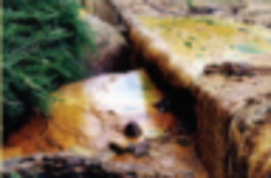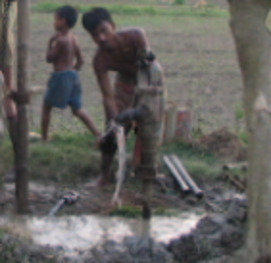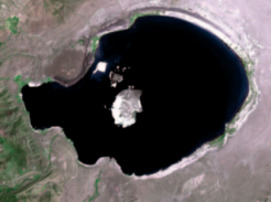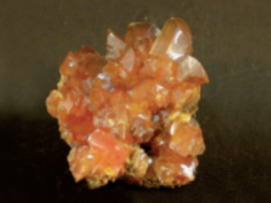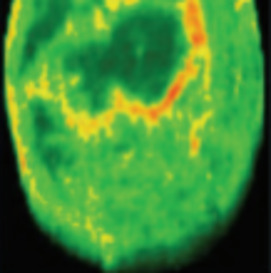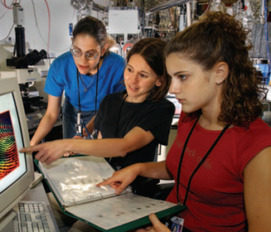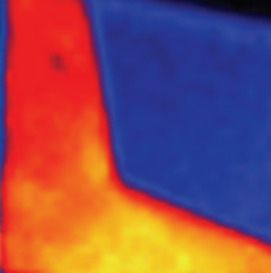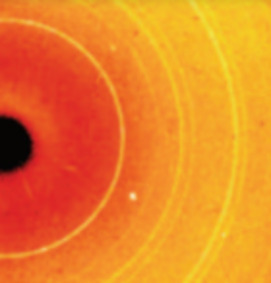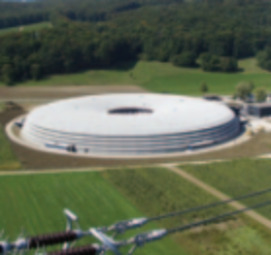Arsenic in Soils, Mine Tailings, and Former Industrial Sites
Much progress has recently been made on the relation between the crystal chemistry of arsenic and its speciation and distribution at the Earth’s surface. The investigation of As-impacted soils and acid mine drainages, using synchrotron-based techniques, shows the importance of As adsorption on, or coprecipitation with, hydrous ferric oxides in delaying the long-term impact of As on the biosphere. Arsenic mobility often depends on bacterial activity, with accompanying major seasonal modifications of As speciation, even at extreme As concentrations. Remediation technologies use geochemical affinities between arsenic and specific low-temperature phases to reduce the bioavailability of arsenic.
Arsenic in Soils, Mine Tailings, and Former Industrial Sites Read More »


